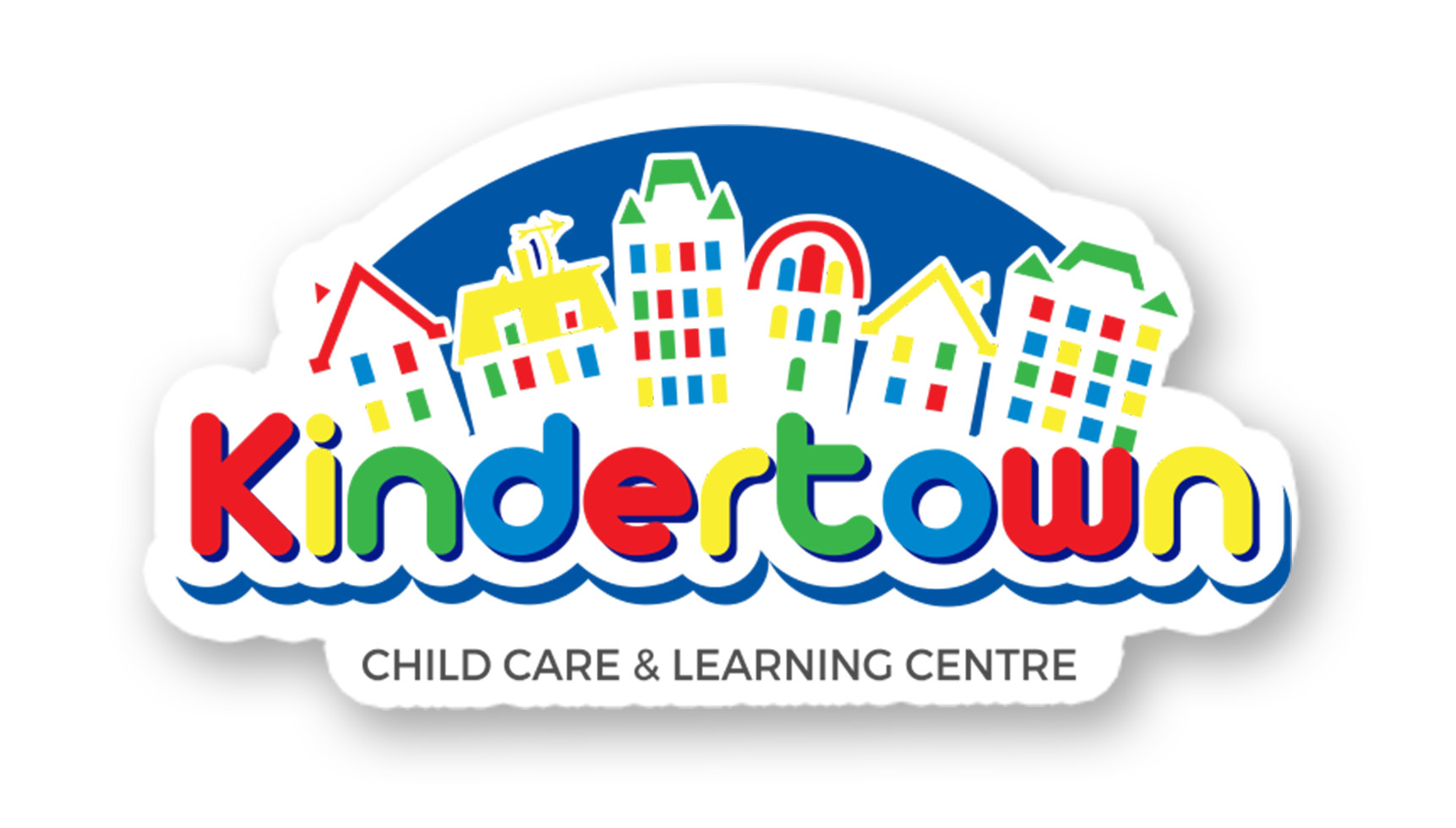What’s Going Down at Kindertown: Turning Tweenie!
Though some may be farther along than others, our Tweenie K-Town Kids are usually well on their way to walking the walk and talking the talk. However, in order to ensure meet everyone where they’re at, our educators have the tall task of being flexible, aware and adaptable in their curriculum and everyday programming. In this classroom, the goal for our children and educators is to ensure that each child is prepared for the preschool programming – which involves a lot of exploration, thinking and expanding upon their own ideas of the world around them.
However, before moving towards a program that refines their self-help and thinking skills, our educators take the time to welcome children into their new learning environments, working collectively to establish the classroom routines, rules and expectations. Over time, these will all evolve as the children become more confident, comfortable and capable in their new surroundings. It is also during this time that educators in the Tweenie room refer to their colleagues in the Toddler room, to get a better picture of each child, their capabilities and goals. This information will reflect in the next phase of their programming: Self-Help, Regulation and Milestones.
During this phase of learning, the educators in the tweenie room work with children to build their independence: putting on their own jacket and boots, knowing when to use the washroom, recognizing and identifying their own belongings and that of their peers, are only some of the milestones we strive for during this time. We take this further by replicating these physical movements in their play, activities and programming.
Zipping up a jacket becomes a lot easier when it’s done through play! Once the children have grasped the basic concepts of self-help, we slowly transition towards the third phase of our curriculum while still offering reminders to children, allowing them to continually build upon their independence.
In this phase, educators will introduce children to critical thinking and problem-solving skills. To do so, an emphasis on language and visuals will be necessary to make connections between what they see, think and feel. Identification and representation are key concepts during this phase, and educators must take small steps to help children identify and understand the world around them.
Around the time of our fourth phase, the weather will become more forgiving, allowing our Tweenie classroom the chance to introduce themselves to our community. Not only will this provide families with insight to the preschool program next year, but it will allow educators to revisit the concept of identification and representation that they were exploring during the winter months. By using the neighborhood and community exploration, we will enhance their vocabulary as well as their ability to connect concepts or ideas, with the real world!

